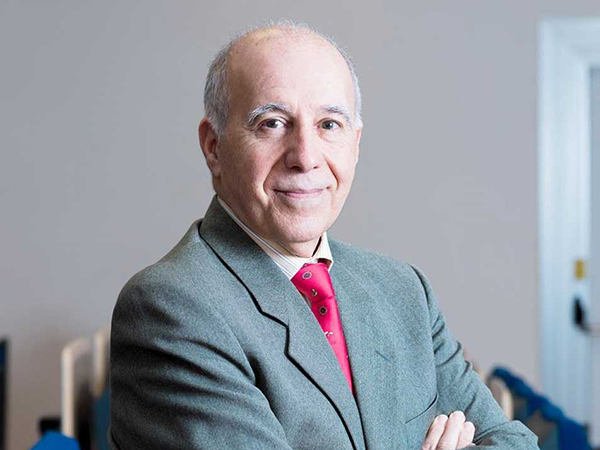
In March, Federico Ferrini took over as director of the Cherenkov Telescope Array Observatory (CTAO), which will be the largest gamma ray telescope in the world. After having spent more than 30 years in astrophysics research and teaching at the University of Pisa, Ferrini was director, from 2011 to 2017, of the European Gravitational Observatory (EGO), the consortium which hosts the Virgo interferometer, right in the crucial years of implementation of the Advanced Virgo project for the upgrade of the detector and the discovery of gravitational waves. Now Ferrini begins a new experience as head of CTAO, a cutting edge scientific and technological enterprise, in which Italy is taking part with the National Institute for Astrophysics (INAF) and INFN. The significance of the CTAO project, whose headquarters are in Italy, in Bologna, has also been recognised by ESFRI, which has included it in the roadmap that indicates the research infrastructures of primary interest for Europe.
After the recent experience as head of EGO that ended with the success of Virgo, now you are facing a new and significant challenge as director of CTAO. What are the most stimulating and challenging aspects of this project?
CTAO is a project that involves the construction of a research infrastructure that will allow us to study the universe through gamma rays, which are the most intense electromagnetic signals coming from the cosmos, in an absolutely extraordinary range of energy amplitudes.
CTAO will be an observatory devoted to run certain key projects, as priority mission, but also dedicated to the requests of scientists worldwide interested in using this unique infrastructure. This is a fundamental novelty with respect to previous gamma research systems.
...
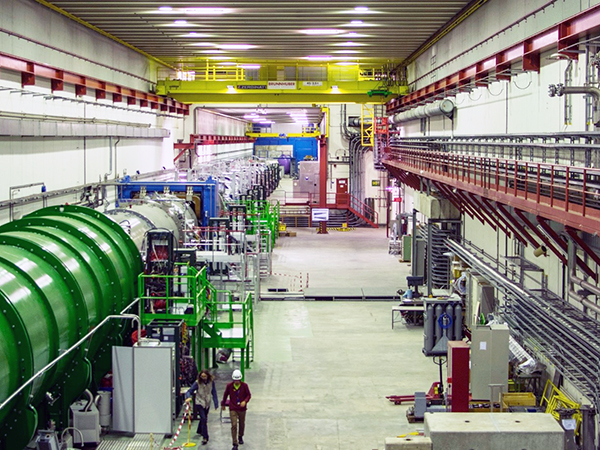
The NA62 experiment at CERN has recently presented its latest results concerning a very rare event: the decay of the charged K-meson into a pion and two neutrinos. The interest in extremely rare or even "forbidden" decays is motivated by the fact that these processes allow energy scales even much higher than those directly accessible to the most powerful particle colliders, such as the Large Hadron Collider (LHC) at CERN, to be indirectly probed. ...
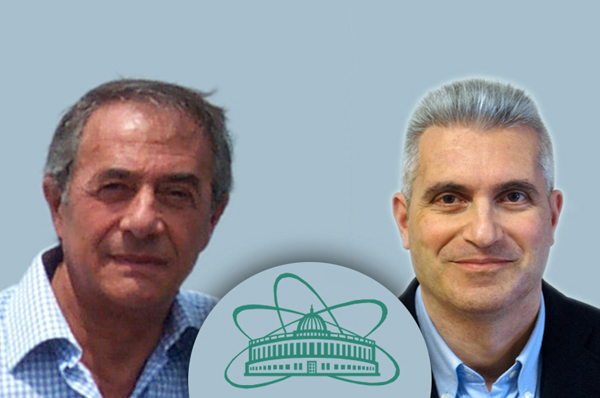
The Italian physicists Gianluigi Fogli, former professor of theoretical physics at the University of Bari, and Eligio Lisi, head of research at the INFN Bari Section, have been awarded the prestigious international 2017 Bruno Pontecorvo Prize, awarded annually by the Joint Institute for Nuclear Research (JINR) of Dubna. The award ceremony will take place in Dubna next September ...
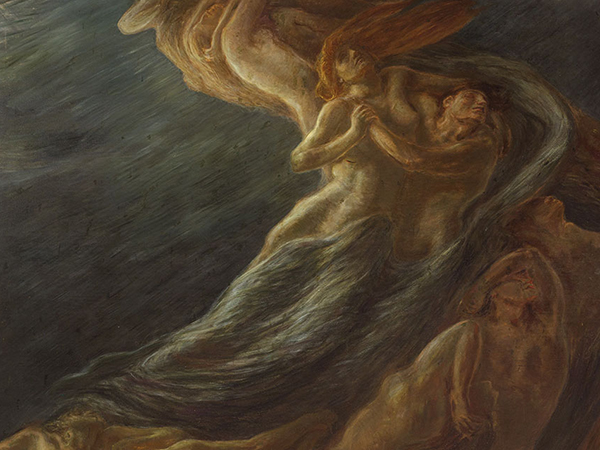
A team of researchers from INFN and the University of Ferrara has analysed the "Paolo e Francesca" painting by Gaetano Previati, among the most famous works of the artist, currently exhibited at Palazzo dei Diamanti in Ferrara. The analysis work, presented at the International Exhibition of Restoration, was performed with the technique of digital radiography with a scanner for in situ radiographic diagnostics, built and designed thank ...
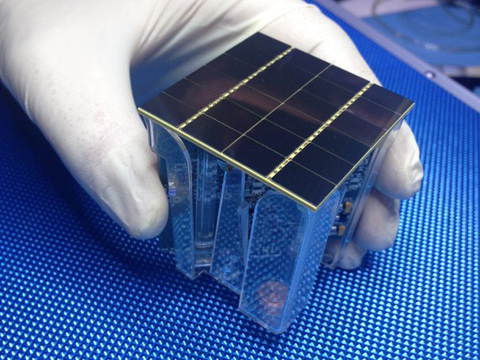 DARK MATTER:
FIRST PHOTO-DETECTOR MODULE FOR DARKSIDE READY
DARK MATTER:
FIRST PHOTO-DETECTOR MODULE FOR DARKSIDE READY
The Photo-Detector Modules (PDM), which will be used by the DarkSide-20k project for the direct search for dark matter at the Gran Sasso National Laboratories (LNGS), will be assembled in the Nuova Officina Assergi (NOA), the new technological centre of the LNGS of INFN. The first PDM built was presented during the Darkside International Collaboration meeting, which took place at the INFN Gran Sasso Science Institute (GSSI) from 5 to 9 March. The main characteristic of this new device is the fact of combining state-of-the-art Silicon Photo Multipliers (SiPM) with very low noise cryogenic electronics. Each PDM is a structural shell with peculiar characteristics: it must be strong enough to withstand temperature changes of more than 200 degrees (from ambient to liquid argon temperature) and as light and radiopure as possible, not to introduce signals in the detector that could be similar to the rare events produced by dark matter, the subject of the research. The PDMs are made with highly radiopure components (i.e. with a very low level of radioactivity), consisting of 24 SiPMs with a total area ...
cover image:
Illustration of CTAO (Cherenkov Telescope Array Observatory)
INFN - COMMUNICATIONS OFFICE
comunicazione@presid.infn.it
+39 06 6868162